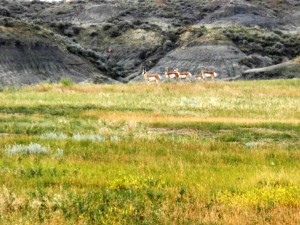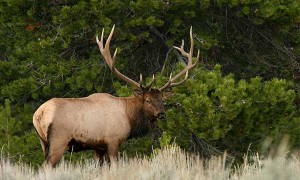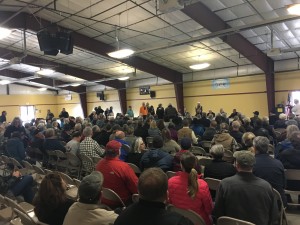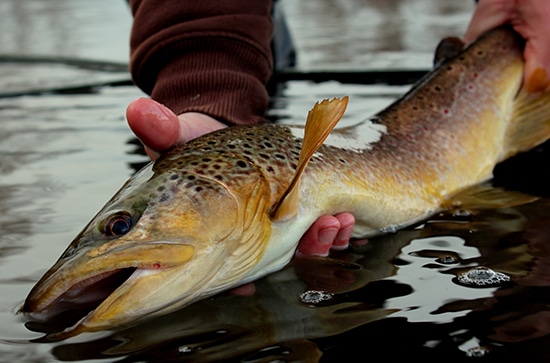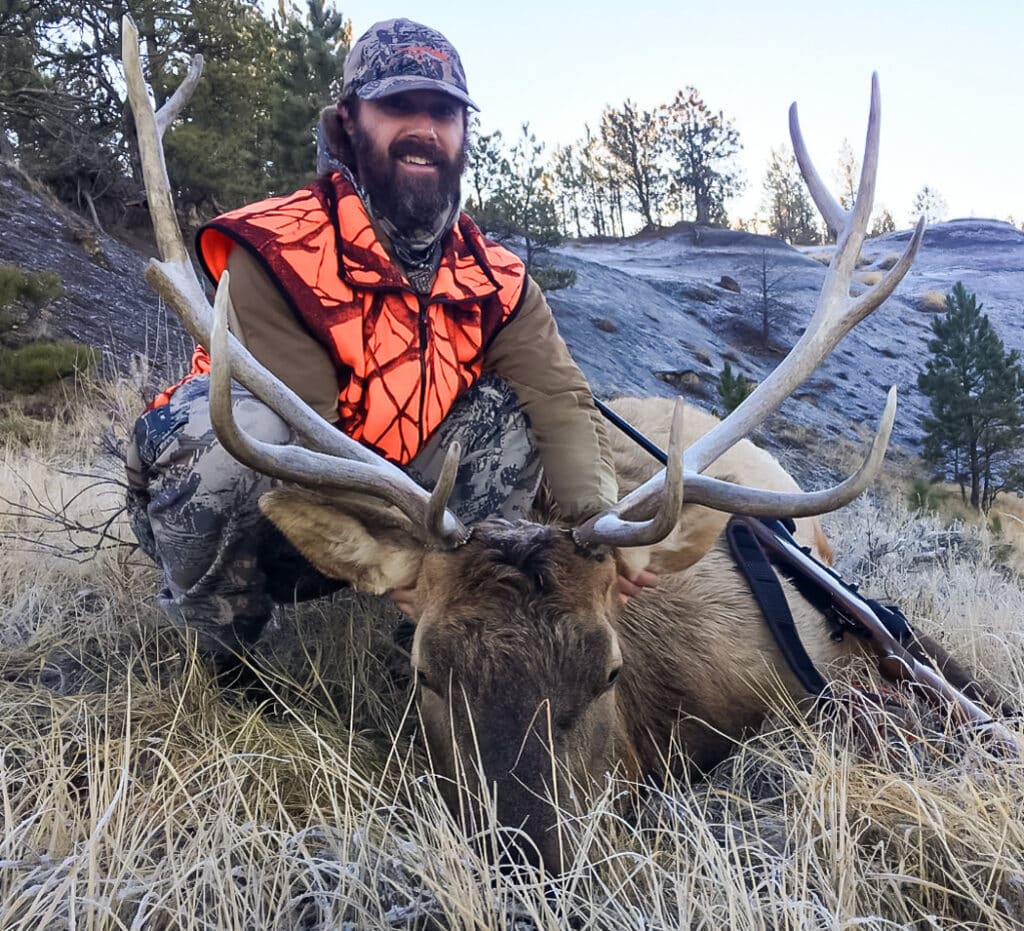At A Glance
Our Work
Montana Land and Water Conservation Fund Support Letter
Our Work
With the Charles M. Russell National Wildlife Refuge and the Upper Missouri River Breaks National Monument at its heart and surrounded by intact backcountry including the headwaters of the Judith River, the Bureau of Land Management (BLM) Lewistown District oversees some of the greatest public wildlife habitat in the world, and with it, one of America’s strongest hunting heritages.
Our Work
Montana has some of the best native and wild fisheries in the world. Unfortunately, our fisheries are threatened when people illegally introduce unwanted fish species into our rivers, streams and lakes. As Montana anglers, we support stricter regulations, increased law enforcement, larger fines and penalties, and rewards for those who report illegal fish introductions.
Our Work
The Montana Wildlife Federation is teaming up with National Wildlife Federation’s Garden for Wildlife program to transform backyards, school grounds, places of worship, businesses, and community spaces in Billings into Certified Wildlife Habitats.
Our Work
Droughts, fires, and floods associated with climate change will have far-reaching impacts on Montana’s world-class outdoor recreation opportunities, our economy, and our outdoor heritage. MWF fights to protect our wildlife, fisheries, and public lands to mitigate the impacts of these changes and help ensure the future viability of our way of life.
Latest Guest Profile News
Make A Difference
Your generous donation supports Montana Wildlife Federation’s work conserving our wildlife, wild places, and hunting and angling opportunities for current and future generations.

